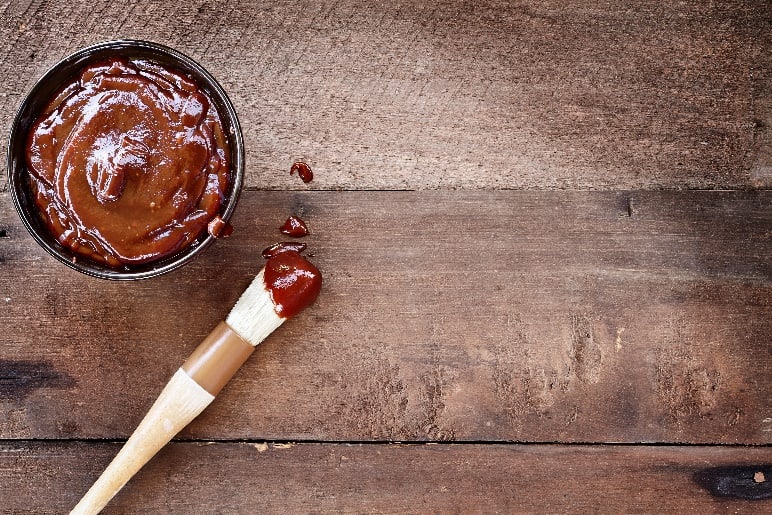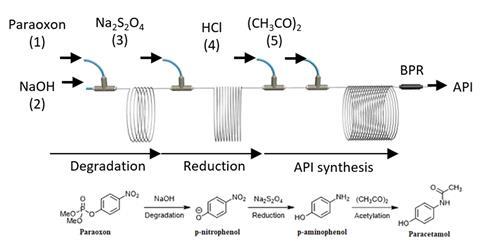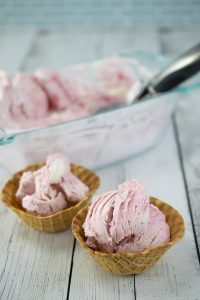
On July 7th, Genexa, a “clean” medicine company, is launching a new product to add to their roster — Infants’ Pain & Fever Relief. The startup refers to this as “the first clean acetaminophen product for babies to ever exist on the market.”
Free of artificial flavors, preservatives, and synthetic inactive ingredients, it has the same active ingredient (acetaminophen) and efficacy as Infants’ Tylenol Pain and Fever liquid products. David Johnson and Max Spielberg, co-founders of Genexa, argue that this is an important distinction given that most over-the-counter meds have unnecessary inactive ingredients, which can lead to side effects and allergies, particularly over prolonged use.
Allergy-sufferer Spielberg knows first-hand that some individuals have to rely on over-the-counter drugs regularly, including children. As Spielberg got older, he says he started reading the ingredient list on the allergy meds he often took, and realized they were made with colors and dyes that didn’t add to the efficacy of the medicine. Now as a dad himself, he wouldn’t feel comfortable giving those meds to his kids.
So the duo started a company that keeps the active ingredients in tact, but swaps out the inactive ingredients for more natural options. The data to back up their claims that these additives are problematic is becoming stronger. Recently, a team of researchers at MIT found that some meds consist as much as 99 percent inactive ingredients, which would make those fillers, colors, and dyes just as vital to consider and examine.
In addition, these researchers determined that approximately 93 percent of meds have ingredients that are classified as allergens. This can be problematic for individuals who have a nut, lactose, or gluten allergy for example. What’s even more frustrating is that it’s hard to find out if the product has a dairy or gluten ingredient, because only nut allergens are clearly stated.
Daniel Reker, a Swiss National Science Foundation postdoc at MIT’s Koch Institute for Integrative Cancer Research and one of the lead authors of the study, said, “For most patients, it doesn’t matter if there’s a little bit of lactose, a little bit of fructose, or some starch in there. However, there is a subpopulation of patients, currently of unknown size, that will be extremely sensitive to those and develop symptoms triggered by the inactive ingredients.”
Genexa have taken to social media to bring more transparency to this issue by breaking down what popular products contain. For instance, this post on their Instagram feed details what goes into Children’s Tylenol, one of the most popular everyday medications on the market. Aside from ingredients such as high fructose corn syrup, which has received a lot of negative media attention in the nutritional world, there are additives such as red coloring (FD&C red no 40), which can seem benign at first, but its safety is being more closely researched by scientists.
The artificial dye merely gives the tablet color, the duo explain. It can be substituted with a vegetable-based dye, such as that of beetroot. But this artificial food coloring, which one journalist referred to as the “the culinary equivalents of lipstick and mascara,” is commonly found in American food. Although the dyes have been banned in certain European countries, particularly in baby food, they are allowed here in the US. Spielberg and Johnson have put it permanently on their dirty list.
Genexa’s products may cost a bit more than the average OTC selection. The founders say it has to do with using higher quality ingredients (many of which are organic, and all are non-GMO), and their business practices, as a certified B Corp.
Genexa, though a relatively new player to a market dominated by global brands, could be the change needed. And with so much interest in the talc lawsuit recently, could this be a wake up call for big pharma to clean up their fillers in every day meds as well?
Creating A Transparent Medicine Brand That Eliminates Problematic Ingredients - Forbes
Read More





















